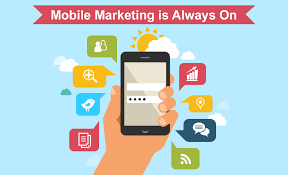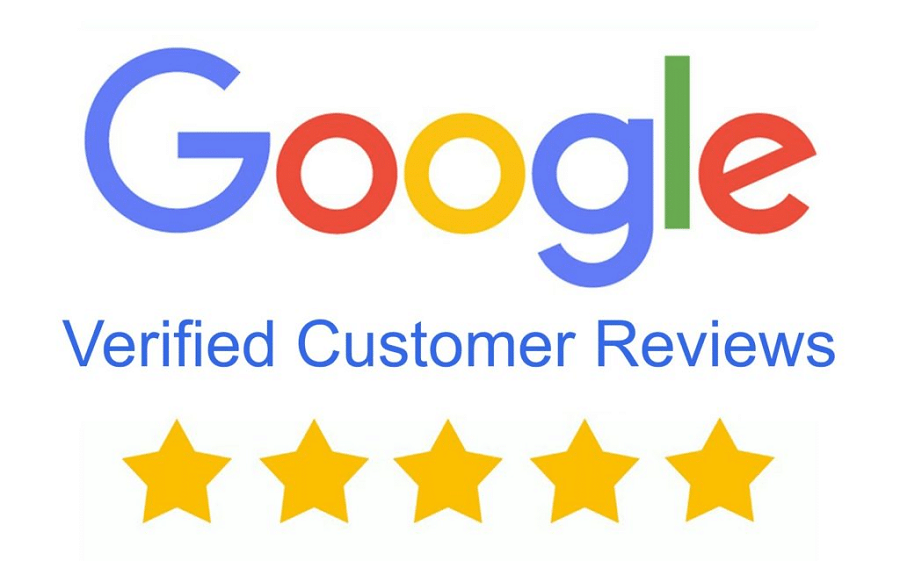Effective Ways to Increase Traffic to Your Website or Blog
Increasing traffic to your website or blog is crucial for its growth and success. Here are some effective strategies to consider:
- Search engine optimization (SEO): Optimize your website or blog for search engines by using relevant keywords, meta descriptions, and title tags. This will help your site rank higher in search results and drive more organic traffic.
- Content creation: Publish high-quality, original content regularly to attract and retain visitors. Use different formats such as blog posts, videos, and info-graphics to engage your audience.
- Social media marketing: Utilize social media platforms to promote your content and drive traffic to your site. Share links to your blog posts, engage with followers, and participate in relevant online communities.
- Email marketing: Build a list of subscribers and regularly send them updates and promotions to drive traffic to your site. Offer an incentive for signing up, such as a free resource or discount.
- Paid advertising: Consider investing in paid advertising, such as Google Ad Words or Facebook Ads, to drive targeted traffic to your site. This can be especially effective for quickly increasing visibility and reaching a larger audience.
- Guest posting: Reach out to other websites and bloggers in your niche to see if you can guest post on their site. This will help you reach a new audience and drive traffic back to your own site.
- Analytics: Track your website’s traffic and engagement metrics to determine which strategies are most effective. Use this information to continually improve and refine your approach to increasing traffic.
By implementing these strategies, you can effectively increase traffic to your website or blog and achieve your goals for growth and success.
Create a Facebook page
Creating a Facebook page is a simple process that can be completed in a few steps:
- Go to Facebook.com and log in to your personal account.
- Click on the “Create” button in the top right corner of the page and select “Page”.
- Choose the type of page you want to create. There are several options, including “Business or Brand”, “Community or Public Figure”, and “Entertainment”.
- Fill out the required information, including your page name, profile picture, and cover photo. Make sure your page name accurately represents your brand or business.
- Customize your page’s settings, including the About section, posting preferences, and page visibility.
- Add a call-to-action button to your page, such as “Contact Us” or “Shop Now”, to encourage visitors to take a specific action.
- Start posting content, including updates, images, and videos, to engage with your audience.
- Invite friends and promote your page to drive traffic and build your following.
That’s it! Your Facebook page is now set up and ready for you to start connecting with your audience.
Run a likes campaign
Running a likes campaign on Facebook can help increase traffic to your website or blog. Here are some steps to follow:
- Create a Facebook page for your website or blog. Make sure your page is complete, including a profile picture, cover photo, and About section.
- Define your target audience. Consider factors such as age, location, interests, and behaviors. This will help you create more effective ads and reach the right people.
- Set a budget for your campaign. Determine how much you want to spend on your campaign and set a daily or overall budget.
- Create a compelling offer. Offer a discount, giveaway, or other incentive to encourage people to like your page. Make sure your offer is unique and relevant to your target audience.
- Use Facebook Ads Manager to create your campaign. Choose the “Page Likes” objective and select your target audience, budget, and ad placements.
- Create eye-catching ads that showcase your offer and drive people to like your page. Use high-quality images and clear, concise text to grab attention.
- Launch your campaign and track its performance. Use Facebook Ads Manager to view metrics such as impressions, clicks, and page likes. Make changes to your campaign as needed based on its performance.
- Engage with your new followers. Respond to comments, share updates, and offer exclusive content to keep your followers engaged and interested in your page.
By running a likes campaign on Facebook, you can increase traffic to your website or blog by reaching a wider audience and engaging with new followers.
Create a private group for the page
To create a private group for your Facebook page:
- Log in to your Facebook account and go to your page.
- Click on the “More” button under your page’s cover photo and select “Create Group”.
- Give your group a name and choose the privacy setting as “Closed”. This means that anyone can find the group and see its members, but only members can see the posts.
- Add members to the group by inviting people who like your page, friends, or by sharing a link to the group.
- Customize your group’s settings, including the description, rules, and post approval process.
- Start posting content to the group, including updates, images, and videos. Encourage members to participate in discussions and share their own content.
- Engage with members by responding to comments and questions, and promoting their content.
By creating a private group for your Facebook page, you can build a community of loyal followers who are interested in your brand or blog. This will help you increase traffic to your website or blog by engaging with your audience and driving more referrals.
Post on Pinterest
Posting on Pinterest can help increase traffic to your website or blog. Here are the steps to follow:
- Create a Pinterest account and set up your profile. Include a profile picture, description, and website link.
- Create boards that are relevant to your website or blog. For example, if you have a fashion blog, create boards for outfits, beauty, and style.
- Pin images from your website or blog to relevant boards. Make sure the images are high-quality and eye-catching.
- Add descriptions and keywords to your pins. This will help users find your content when searching on Pinterest.
- Engage with other users by commenting, liking, and repining their content.
- Promote your Pinterest account on your website or blog, as well as on other social media platforms. Encourage followers to engage with your content and follow your boards.
- Track your results by using Pinterest Analytics to see which pins are getting the most engagement. Use this information to improve your content and increase traffic to your website or blog.
By posting on Pinterest, you can reach a large audience and drive more traffic to your website or blog. Additionally, Pinterest is a great platform for showcasing your content and building your brand.












